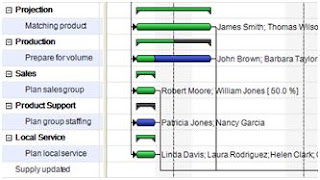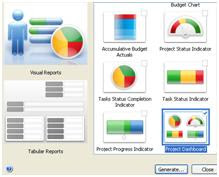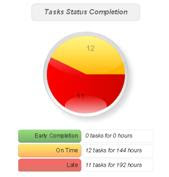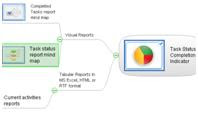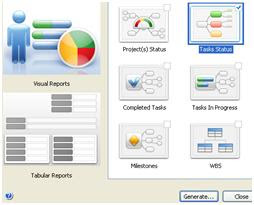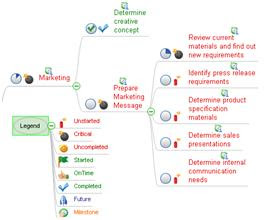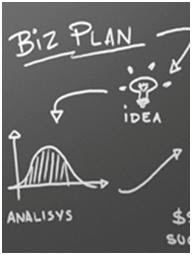
Sales people are usually the face of the company. To do their job
properly a salesperson must be expert on the products they sell, as well
as being a contributing member of the team. It is very important
to maintain a constant communication flow within a sales team.
Oleg Bocharnikov Director of CS Odessa Sales shares his experience
of efficient sales team management and discusses the key elements of increasing communication flow within your
sales team.
Meetings
Have regular meetings, without scheduling too many! Meetings are important, but not every issue demands a meeting.
Have periodic meetings to discuss new sales activities or product information.
Incorporating the Brainstorming technique can be very useful if the goal of the meeting is to develop new sale ideas.
We use ConceptDraw MINDMAP at all stages of a meeting, from the brainstorm session — to carrying out decisions.
This is the value of brainstorming in a team — separating creation from evaluation, producing many ideas at once, and building on one another’s creative ideas and solutions.
Scheduling
Create a list of sales activities that your sales team should be doing each week. This list should include emails, phone calls, networking strategies, retrieving referrals from existing clients, and any other activity that is relative to your business.
Review Process
Use data such as weekly sales-activity reports to keep track of how well your sales staff is performing. Combine these reports with review meetings to discuss and celebrate results face-to-face. This willgive you the chance to address any problems or issues. Through a weekly review process you will be able to monitor your sales team and improve results.
Learning Process
Sales people need to fully understand the key benefits and features of products. The process of ConceptDraw products development is in constant progress. We have specialists who deal particularly with ConceptDraw PRO, ConceptDraw PROJECT and ConceptDraw MINDMAP. These specialists provide learning materials for our sales team, so that everyone within the company is a product expert!
Live Experience
The CS Odessa Sales team utilizing ConceptDraw products in their every day workflow. The entire sales process and workflow is documented and carried out using ConceptDraw Office.
We use ConceptDraw PRO to support the learning process, and ConceptDraw MINDMAP to conduct our meetings and brainstorm sessions. After meetings such mind maps are transformed into personal To Do lists
and task schedules in ConceptDraw PROJECT.
















